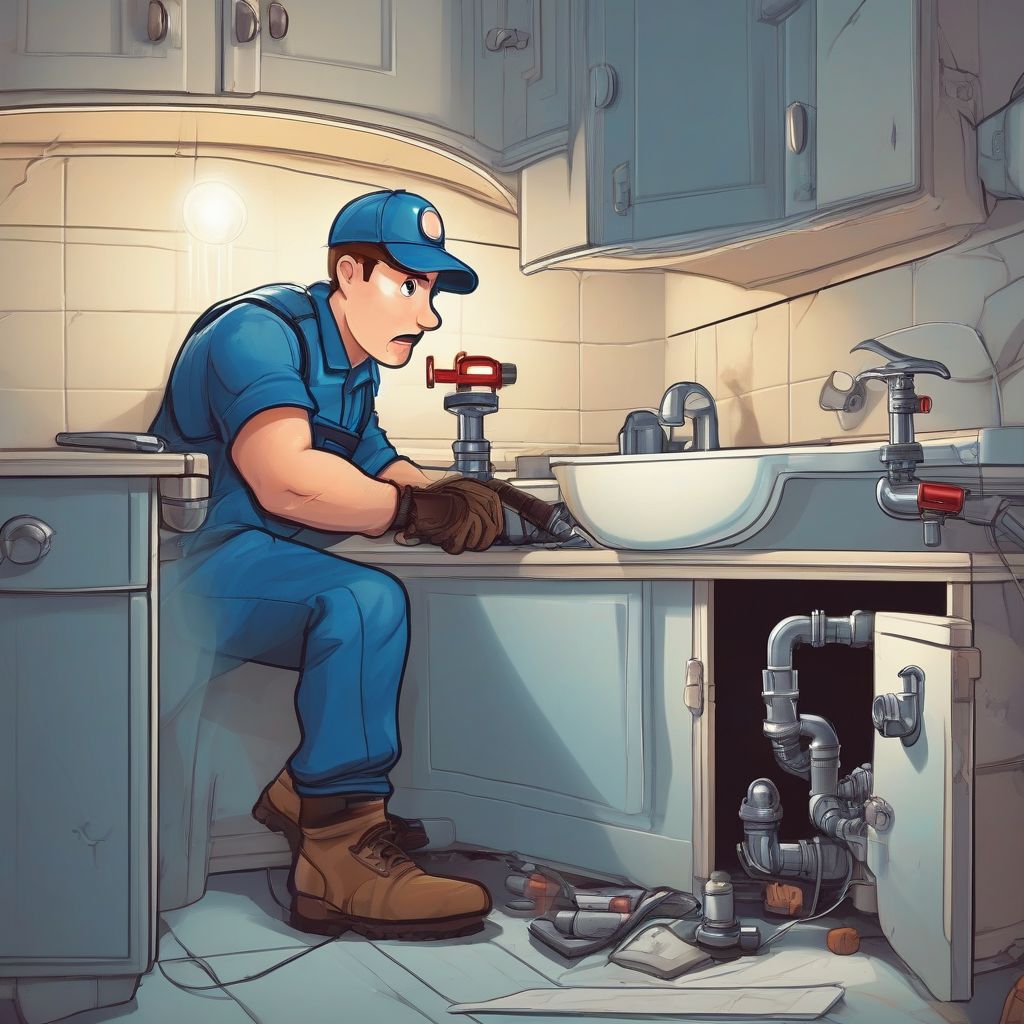Imagine stepping into your bathroom only to be greeted by a foul odor emanating from your toilet bowl. This unpleasant experience could be a sign of sewer gas, a potential health hazard that requires immediate attention. This comprehensive guide delves into the causes, dangers, and solutions for sewer gas, ensuring your home remains a safe and odor-free haven.
What is Sewer Gas and Why Should You Care?
Sewer gas, a byproduct of the breakdown of organic matter in your sewage system, is a mixture of gases, primarily methane, hydrogen sulfide, ammonia, and carbon dioxide. While the presence of these gases in your sewage system is normal, their escape into your bathroom signifies a problem.
Dangers of Sewer Gas:
- Health risks: Inhaling sewer gas can lead to various health issues, ranging from mild headaches and nausea to severe respiratory problems and even asphyxiation in extreme cases.
- Explosion hazard: Methane, a highly flammable gas, poses a significant explosion risk if allowed to accumulate in enclosed spaces.
- Property damage: The corrosive nature of sewer gas can damage plumbing fixtures and even weaken the structural integrity of your home over time.
Identifying the Source: Why is There Sewer Gas Coming From My Toilet Bowl?
Understanding the potential sources of sewer gas is crucial in addressing the issue effectively. Here are some common culprits:
1. Dried Out P-Trap
The P-trap, a U-shaped pipe beneath your toilet bowl, plays a vital role in preventing sewer gas from entering your bathroom. When filled with water, it creates a seal that blocks the passage of sewer gas. However, if the water in the P-trap evaporates due to infrequent toilet use or leaks, sewer gas can escape into your bathroom.
2. Broken or Blocked Vent Stack
The vent stack, a vertical pipe connected to your plumbing system, allows sewer gases to escape your home. A broken, blocked, or improperly installed vent stack can disrupt the flow of these gases, forcing them back into your bathroom through the toilet bowl.
3. Clogged Drain Line
A clog in your main drain line can create pressure within the sewage system. This pressure can force sewer gas up through the weakest point of entry, which is often the toilet bowl.
4. Cracked Toilet Bowl or Seal
A cracked toilet bowl or a damaged wax ring seal between the toilet and the drainpipe can create an opening for sewer gas to escape.
Addressing the Issue: How to Get Rid of Sewer Gas From Toilet Bowl
The solution for sewer gas in your toilet bowl depends on the underlying cause. Here are some common remedies:
1. Pour Water Down the Toilet
If a dried-out P-trap is the culprit, simply pour a gallon of water down the toilet to refill it and restore the water seal.
2. Check and Clear Clogs
Inspect your drain lines for clogs using a plumbing snake or plunger. For stubborn blockages, consider contacting a professional plumber.
3. Inspect and Repair the Vent Stack
Check your vent stack for any visible damage, blockages, or loose connections. Repairing or replacing a damaged vent stack often requires the expertise of a qualified plumber.
4. Replace Damaged Toilet Bowl or Seal
If you suspect a cracked toilet bowl or a damaged wax ring seal, contact a professional plumber for inspection and replacement.
Preventing Sewer Gas: Keeping Your Bathroom Odor-Free
Preventing sewer gas is always preferable to dealing with its consequences. Here are some preventive measures to keep your bathroom odor-free:
- Regular Toilet Flushing: Flush your toilet regularly, especially if it’s not frequently used, to prevent the P-trap from drying out.
- Proper Ventilation: Ensure adequate bathroom ventilation by running the exhaust fan during and after showers or baths to remove excess moisture and prevent P-trap evaporation.
- Annual Plumbing Inspections: Schedule annual plumbing inspections by a qualified professional to identify and address potential issues before they escalate into major problems.
 Plumber inspecting pipes
Plumber inspecting pipes
Conclusion: Breathe Easy with a Sewer Gas-Free Bathroom
Sewer gas from your toilet bowl is not just an unpleasant odor; it’s a potential health hazard that demands immediate attention. Understanding the causes, recognizing the signs, and implementing effective solutions can help you maintain a safe and odor-free home. By taking preventive measures and addressing any issues promptly, you can breathe easy knowing your bathroom is a safe and healthy environment for you and your family.